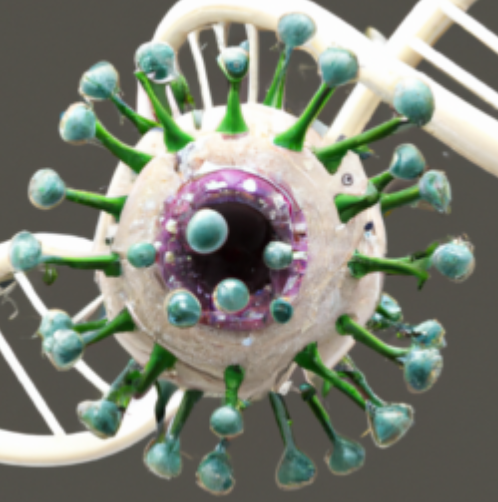Virongy는 혁신적인 바이러스 연구 및 진단 기술을 개발하는 미국의 바이오기업으로,
바이러스 감염 연구와 치료법 개발을 위한 선도적인 솔루션을 제공합니다.

제품 설명
Flavivirus Protein Expression Vectors (Dengue virus)
제품 번호
Species/Strain / Protein / Tag 선택
제품 특징
Flaviviruses include Dengue and Zika viruses. The expression vectors are derived from NCBI reference sequences for Dengue type 1 (NC_001477), Dengue type 2 (M29095), Dengue type 3 (NC_001475), Dengue type 4 (NC_002640). Zika viral protein expression vectors are based on the Zika virus strain MR 766 (KY989511.1). All of the expression vectors are codon optimized for mammalian cell expression. Choose to add a GFP or his tag to the C terminal end of any protein. A CMV promoter is used for mammalian cell expression and the backbone contains a selection marker for Geneticin (G418). All non-tagged envelope expression vectors have been functionally validated using pseudotyped viral particles.
Background:
Flaviviridae is a family of RNA viruses transmitted by arthropods, such as mosquitoes and ticks. They are responsible for various human and animal diseases, including Dengue, Zika, Yellow Fever, and West Nile Fever. Flaviviruses are single-stranded positive-sense RNA viruses that produce one polyprotein that is processed into 10 individual viral proteins. Mature virions consist of three structural proteins, the capsid protein (C), the membrane protein (M), and the envelope protein (E) encoded on the N-terminal of the viral RNA. The seven non-structural (NS) proteins including, NS1, NS2A, NS2B, NS3, NS4A, NS4B, and NS5, are encoded at the C-terminal.
Dengue virus is classified into four serotypes (DENV-1, DENV-2, DENV-3, and DENV-4). The Dengue envelope protein mediates viral entry into human peripheral blood leukocytes, dendritic cells (DCs), and macrophages through receptors such as the human mannose-binding receptor (MR) and DC-SIGN.
Zika virus consists of two major lineages: one includes the African strains, and the other the Asian and American strains. Zika virus has broad cell tropism and has been shown to enter the cells using adhesion factors such as DC-SIGN (Dendritic Cell-Specific Intercellular adhesion molecule-3-Grabbing Non-integrin) and diverse members of the phosphatidylserine receptor family. In mammals, Zika has been shown to replicate primarily in brain tissue including neurons, and astroglial cells.
References
Related links:
Virongy Biosciences의 모든 제품을 만나 보세요!
Products
Services
Viral Neutralization Assay Services
Virongy Biosciences - Exclusive Distributor in South Korea "Morebio" 한국 독점 대리점 "모아바이오"